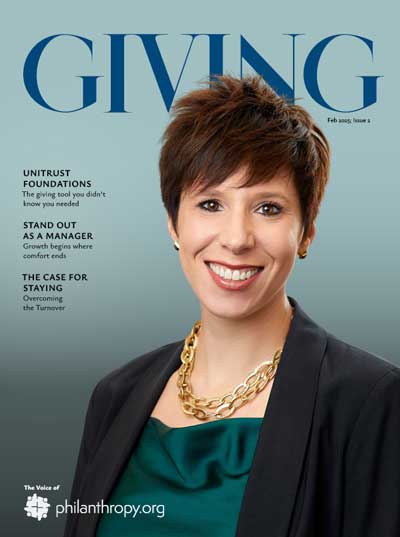My last post gave an overview of how to apply some simple segmentation techniques to your database with a focus on starting or building a planned giving program. We touched on the notion of RFM* or a measurement of a donor’s recency of giving, frequency of giving and how much they are giving. RFM is a key component of robust fundraising analytics reporting for your development program.
CAVEAT: before doing this, remove any existing planned givers from this exercise.
- Export your data into Microsoft Excel
- Rank all constituents by Recency (limit to five years of giving history).
- Divide the total by 5 – this will give you the number of records to score in each “quintile” or 1/5th of the file
- Assign the top 1/5th – those who have given most recently – the number “5” or the designation “Very High”
- Continue assigning each quarter of the file a number until you get to the final 1/5th with the most distant gift date and assign these the number “1” or the designation “Very Low”
- Repeat these steps by ranking all records for Frequency (number of gifts in a 5 year period – excluding pledge payments, monthly credit card payments and other anomalies)
- Repeat these steps for Monetary represented by the total giving (again, over a five-year period).
- When you have three columns (Recency, Frequency, Monetary), then name a column “Total RFM Score,” and add up the individual scores from the R, F and M columns. This is your Total RFM Score
You can then cross-tab by giving capacity and RFM to create a reasonable predictive guide to your best planned givers.
For the annual fund, use RFM as a proxy for the likelihood to make another gift. Donors with the highest RFM are the most likely to both give again and increase the amount of their gift. Remember, your fundraising analytics aren’t a guarantee that someone will give, but they can be a strong indicator that investing time and resources into a particular donor will bear fruit.
This chart represents how segmentation can be done according to RFM levels (very high through low) corresponding with giving capacity derived from a wealth screening.
*To recap, RFM is an acronym for Recency, Frequency, and Money. In other words, how recently did the donor give, how often do they give, and how much do they give each time as well as cumulatively? When reporting fundraising analytics for your nonprofit, RFM is a key indicator. The highest score for each ranking (Recency, Frequency, Money) is 100, so the closer a person is to a total RFM score of 300, the higher likelihood they will make a planned gift if given the opportunity. For best results, focus on those in your database with a total RFM >225.
Category: Sustainability



